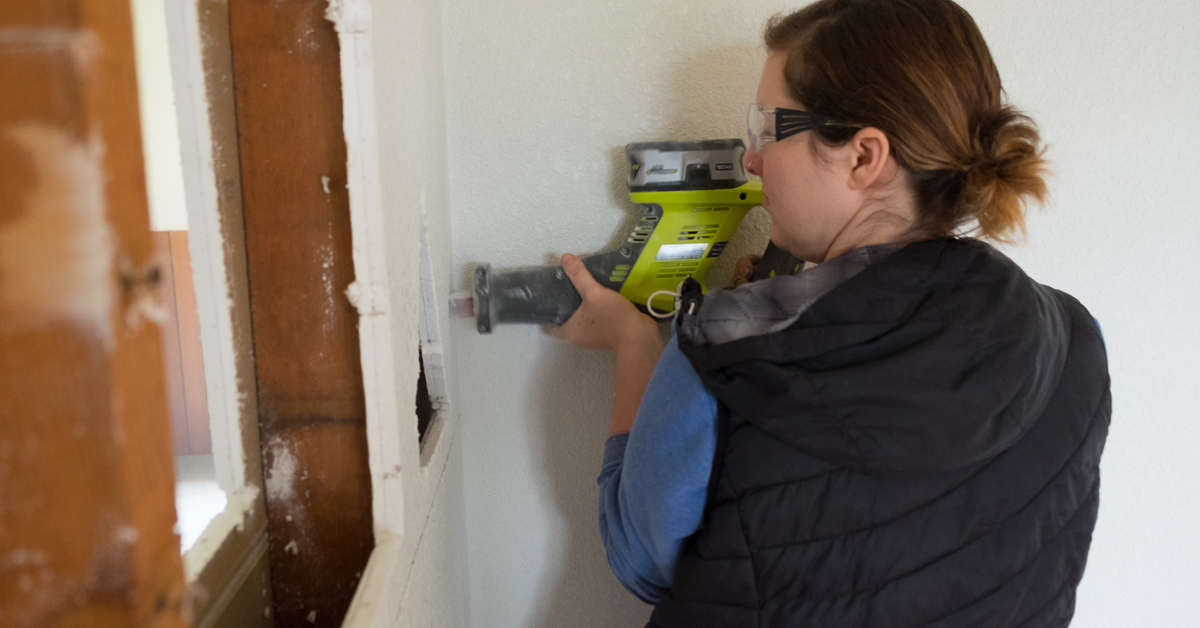While home flipping decreased between the first and second quarters of 2020, both profits and profit margins grew, according to new figures from Attom Data Solutions.
The property data company’s second quarter U.S. Home Flipping Report revealed that 53,621 single-family homes and condos were flipped between April and June. Those transactions accounted for 6.7% of all home sales in the second quarter, down from 7.5% in the quarter prior but up from 6.1% in the second quarter of 2019.
Homes flipped in the second quarter sold for a median price of $232,401, compared to a median investor purchase price of $164,500. That put the gross profit on the nation’s typical home flip at $67,902, increasing from $63,000 in the first quarter and $61,900 in the second quarter last year.
Returns on investment (ROI) also grew, with flippers realizing a 41.3% return compared to their original acquisition price. That’s up from 38.9% in the first quarter and 40.4% in the second quarter of 2019.
The gain on ROI between the first and second quarters marked the first quarterly growth since the third quarter of 2018, and the yearly increase was the first since the fourth quarter of 2017. The second quarter’s typical return was highest since the fourth quarter of 2018, when it was at 43.4%.
Join 210,000 mortgage professionals
Get the news, trends and industry updates in your inbox to become a better mortgage originator. Subscribe to emails below.
“Home flipping was a study in contrasts in the second quarter of 2020, as the flipping rate went one way and profits went the other,” said Todd Teta, Attom Data Solutions’ chief product officer. “Far fewer house hunters were out in the market looking for homes, which probably cut into the pool of potential buyers that investors could tap.
“But at the same time, home flippers who were able to close deals did better than they had done in a year and a half. That likely flowed in large part from extremely low interest rates that enticed buyers who remained employed and were willing to house-hunt within social distancing requirements.”
Home flipping returns were up in 62.9% of the 151 metro areas analyzed by Attom. Three cities had a return on investment at 100% or higher: Fort Collins, Colorado (167%); Johnson City, Tennessee (115%); and Cedar Rapids, Iowa (100%). Among metros with a population of at least 1 million, the biggest ROI gains were in Milwaukee (77%); San Francisco (64%); and Rochester, New York (62%).
Meanwhile, home flipping rates were down in 75.5% of analyzed metros. Durham, North Carolina, saw the largest quarterly loss, with home flips falling 40.7%. Other cities with large drops included Provo, Utah (down 36.6%); Boston (35.1%); and Denver (33.7%).
Home flippers who sold homes during the second quarter completed their transactions in an average of 183 days, up from 174 in the first quarter, but down from 184 in the second quarter of 2019.





